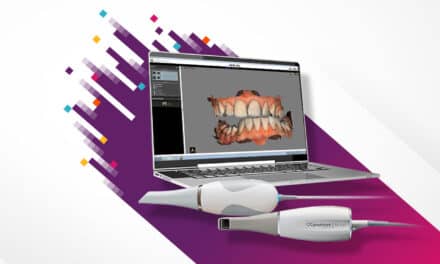
There’s nothing like surveying the exhibit hall at the AAO Annual Session to get a clear view of where orthodontic technology is headed. I remember 6 or 7 years ago, when TADs sprouted like metal mushrooms at booths all over the show. From that first rush of miniscrews, it took only a few years for TADs to become a standard part of the orthodontist’s armamentarium. It all came down to three words that appealed to both practitioners and patients: “no more headgear.”
There wasn’t one game-changer like the TAD at this year’s meeting in scenic but frigid Chicago, but I was definitely struck by the number of products geared toward replacing paper and plaster with pixels. I watched intraoral scanners create 3D digital impressions. I demoed software that helps orthodontists do 3D treatment planning one tooth at a time. I sampled a slew of e-mail, texting, and social media applications aimed at supplanting that old warhorse, the patient postcard, with an online communication hub.
Of course, all of this digital upgrading comes on the heels of Align Technology’s acquisition of OrthoCAD, one of the stated goals of which is to take digital intraoral scanning technology beyond its “early adopter” status and into the orthodontic (and dental) mainstream by making it a standard part of every Invisalign case. Again, it all comes down to three words: “no more impressions.”
Join the conversation by .
Technologically adroit orthodontists used to fantasize about the “paperless practice.” Now they have access to integrated systems that can ease their transition to a plasterless practice as well. The technology is there, the learning curve is not overwhelming, and certainly your average orthodontic patient is at ease with digital communication.
But will the majority of orthodontists embrace the paperless, plasterless practice in the same way that they adopted the TAD? Is infinite customization at the touch of a button worth the loss of a model that you can hold in your hand? Can a tweet have the same impact as a human voice on the telephone?
I’d love to hear (or read) your take on the topic.
Christopher Piehler
/p>




